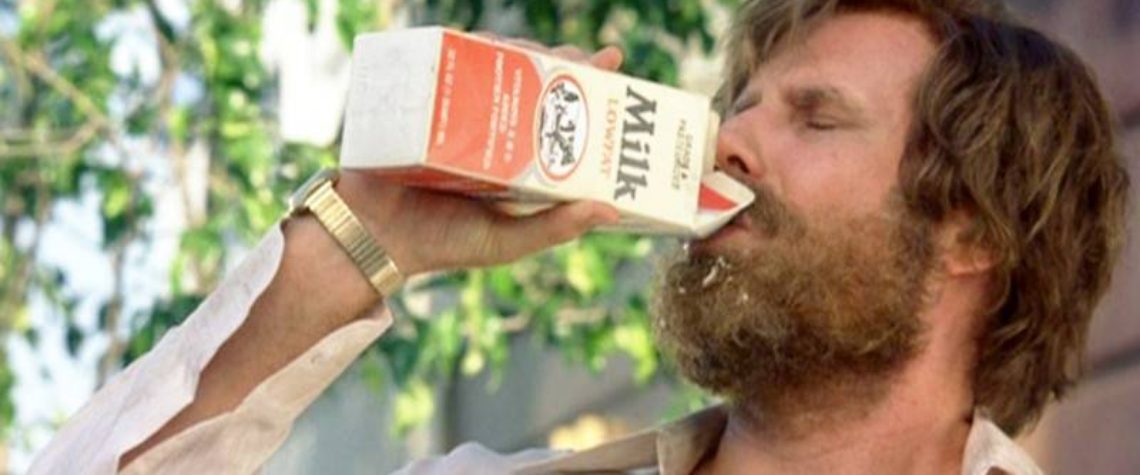What, You Don’t Boil your Milk? Pasteurization – What is it and Why do we do it?
So I ran across this article yesterday, disease breakout from raw milk. :
If you consumed raw milk in the past six months, you may need antibiotics: “People who bought and drank raw milk from a company called Udder Milk may have been infected with a rare but potentially serious germ called Brucella abortus RB51” and should seek medical care, the Centers for Disease Control and Prevention (CDC) said today (Nov. 21) in a statement.
The warning applies to people in Connecticut, New Jersey, New York and Rhode Island, who may have consumed the raw milk in the past six months.
No big deal, to sum it up – if you happened to consume raw milk the last 6 months and be in the northeast run to a doctor right now. Apparently a vaccination that was giving to young calf’s intending to prevent the passing of certain bacterial infections went and passed bacterial infections. A little side note, since the industry is not tightly regulated investigators are unable to trace the infection back to a certain farm thus leaving us with the broad: “Hey, if you live in these four states and you happened to drink raw milk over the past 6 months or so (give or take a few months) you should go get checked out”. “We’re Sorry”
So that news led me to looking into what pasteurization is and why we do it. In short it’s the process of using extreme heat for short(or longer) periods of time to kill microbes and bacteria in consumer food products. This is all an effort to make them safer for general consumption and extend the shelf life. Most commonly we associate pasteurization with the dairy industry but its also a common practice on the meat, fruit and vegetable scene as well. When milk is extracted from the cows it undergoes either HTST (High-Temperature-Short-Time Treatment) or LTLT (Low-Temperature-Long-Time Treatment) pasteurization, HTST is 15 seconds at 161°F and LTLT is 30 minutes at 145°F. All temperatures and duration’s can change depending on the type of food and the final result one wants to achieve, such as retaining a food’s nutrients, color, texture, and flavor. Its similar to dropping you toothbrush on the bathroom floor right as you were about to preform your daily civic duty and brush you teeth. When you look down you see it sitting there right next to the toilet staring you in the face, so you to the only logical thing – get the sink running at unsafe temperatures and burn any unwanted friends off.
Although this process(pasteurization, not toothbrush cleaning) keeps us safer from the outbreak of bacterial infections it usually degrades the nutritional value of the product in question and assist with the food industries main goals of extending shelf life as long as possible – Side note: Crazy fact –When ultra-heat treatment (UHT) is combined with sterile handling and container technology (such as aseptic packaging), Milk can even be stored unrefrigerated for up to 9 months. In many cases, pasteurization kills a lot of the beneficial bacteria that are good for you to consume. You’ll see a lot of fermented products out there (which I am a fan of) such as yogurt, sauerkraut, kombucha, pickled “X”, Kamchi and so on. All of these are Probiotic (have active bacteria that are meant to aid gut health) and can be provide health benefits when consumed regularly along with a sound diet.
In the end, try and take the time to understand what your eating, although small servings of processed/un-healthly foods may not affect your life tomorrow it certainly adds up over time and can slap you in the face when you least expect it. My advice- its never to early or late to implement change, small steps in the right direction can have a huge impact down the road.
Stop Saying Tomorrow and Act Today




